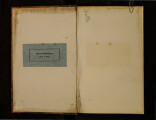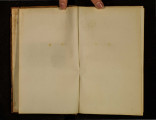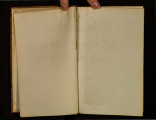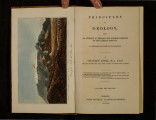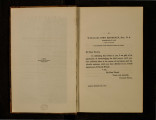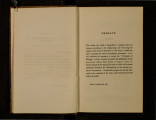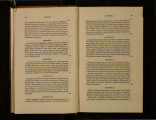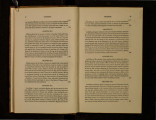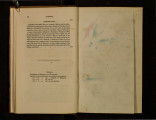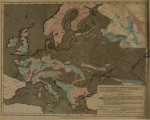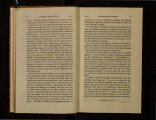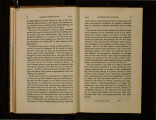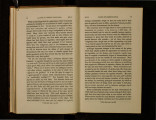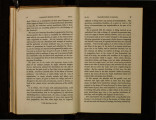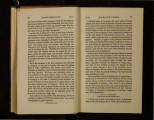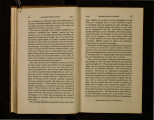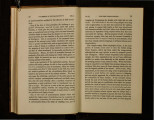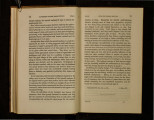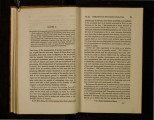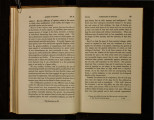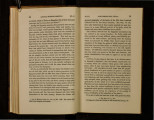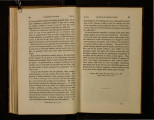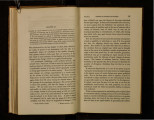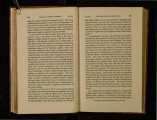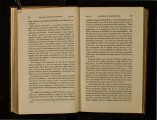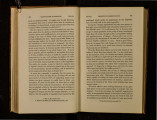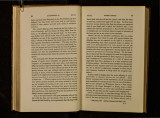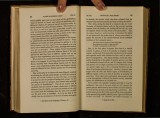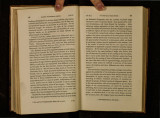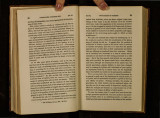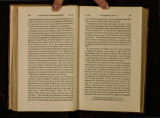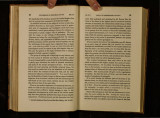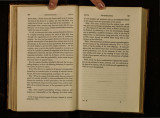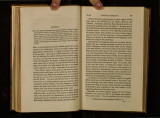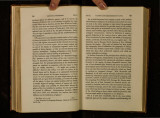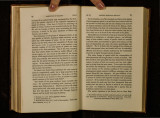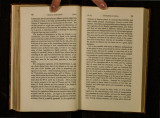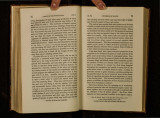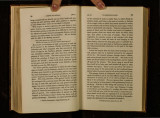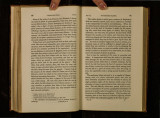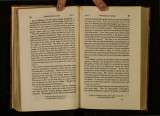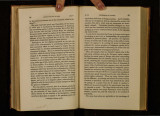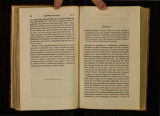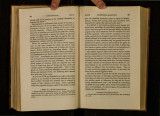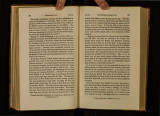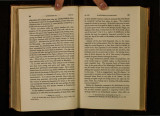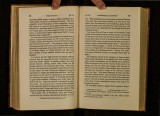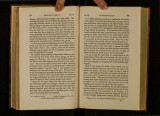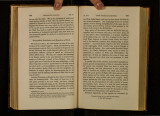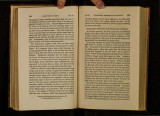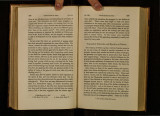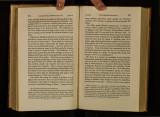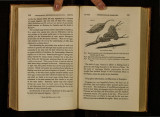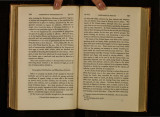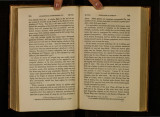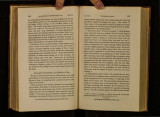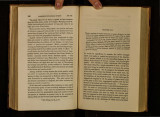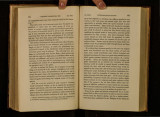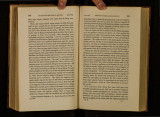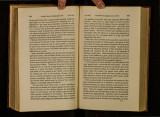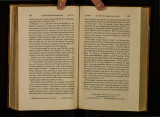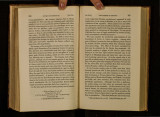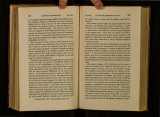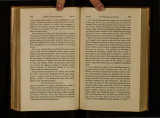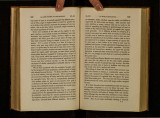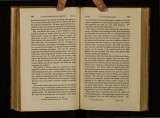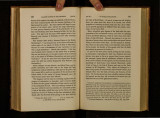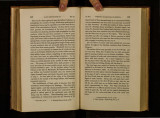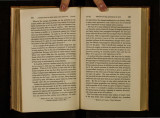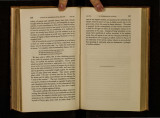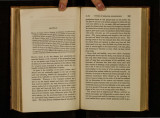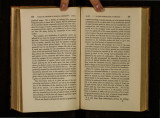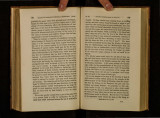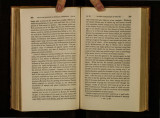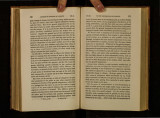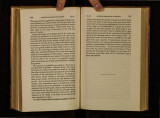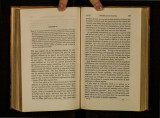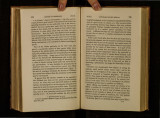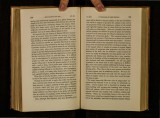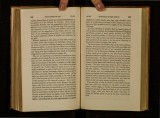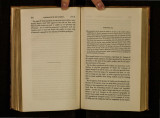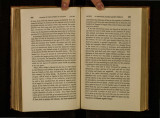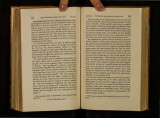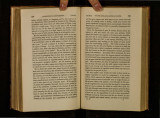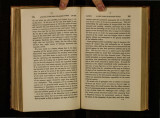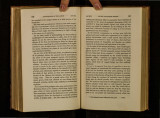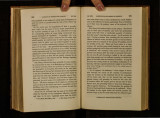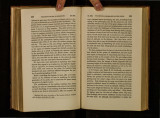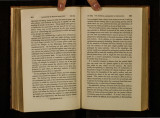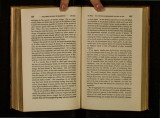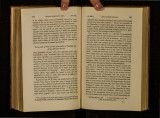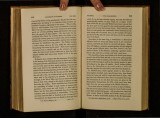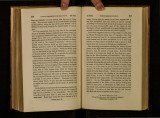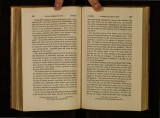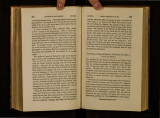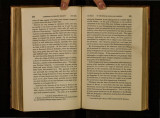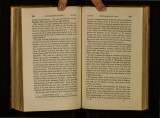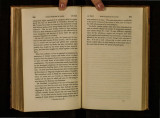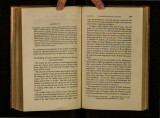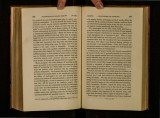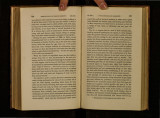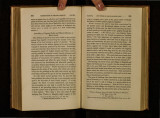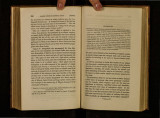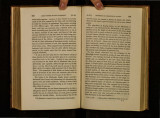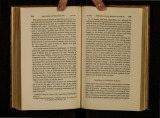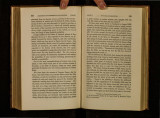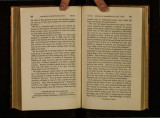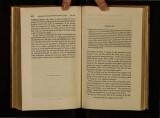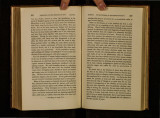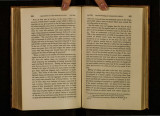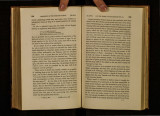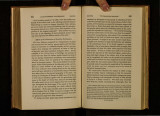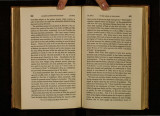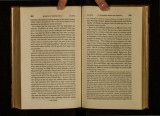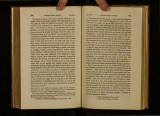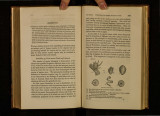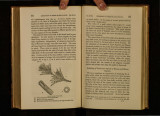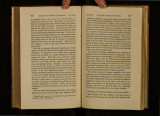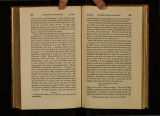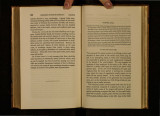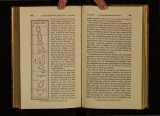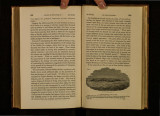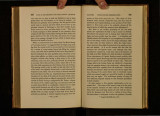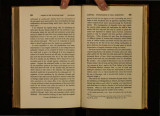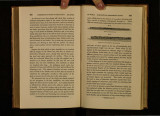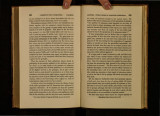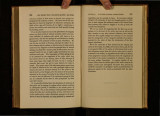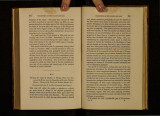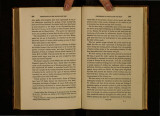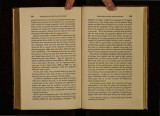| OCR Text |
Show ~50 sn:ELE'rONS IN RE"C ENT SHELL-MARL. [Ch.XV. . h . th n spread over with a fine odoriferous gra.s s, nah, whtc Is e . . 1' mate the renewed vegetation an d enJ' oy , as in their natLve c 1 ' of spring*." . 11 t t d by those who describe the W find it contmua y s a e ' h e th t these rivers carry before t em, Ganges and Burratnpooter, . a 1 floats of reeds and timber, during the flood season' not on y t . f men deer' and oxen . but dead bodies 0 : d t the effects of a flood which l 1 ·eady re1erre o . We 1ave a 1 d thqua k e m. Java in 1699 ' when the turbid attende f atnh e eaBra tavi.a n ri.v er. destroyed all the fish except the waters o d when d rowne d buffaloes ' ticrers, rhinoceroses, deer, B carp ; an h '1d beasts were brought down to the sea-and ot er wl ' · h d b acpoeass,t by the current, W'l th several crocodiles whrch a een stifled in the mud t. · 1 d in the territory of n the western side of the same Is an ' . ' 0 1 m. the regenci·e s, a more recent volcamc eruption Gou ongong, d db flood durin()' which the river Tjetan- (18~1) was atten e Y a ' o . d d b down h un d re d s of carcasses of rhmoceroses an d oy ore more than one hundred men an buffaloes, and swep~ away b1 d on its banks to celebrate f a multitude assem e wome.n rom Whether the bodies reached the sea, or .were de~oa fesbval. . f the large mtervenmg 't d with drift matter, m- some o ~e,· 1 1 · · ·~ d~ are not tn1orme ~· alluvia p. ahm s, we merate a great num her of local deluges that We mig t enu 0' the fertile lands which border on large have swept t•h 1r1o u·o h . 1 tri'es but we should surpass n trop1ca coun , rivers, espeCia ! I W observe however, that the the limits of tlus work. . e rna! ften ~ttended with great . f · la d in nvers Is o destruction o IS n s, h ' . . 1 river in Virginia rose, . Tl when t e prmetpa loss of hves. 1US, . fi £ et above its ordinary i~ 1771, to the h~ight of tw;l~-~~:n;, on which were seven level, it swept entlrely away "' Humboldt's Pars. Narr., vo 1 . p 394-396. .1"1., p . 1 . 444. .. . 22 t See ante, vo · 1·, P· . t Malte-Brun, Geog., vol. m., P· • D:rector-General of Finances lU § This account I h!ld from Mr. Baumhauer, . fu~ . Ch. XV.] REMAlNS OF QUADRUPEDS IN MARL LAims. !i!5l hundred head of quadrupeds,-horses, oxen, sheep, and hogs,-and nearly one hundred houses #-•, The reader will gather, from what we have said in a former volume respecting the deposition of sediment by aqueous causes, that the greater number of the remains of quadrupeds drifted away by rivers must be intercepted by lakes before they reach the sea, or buried in fresh-water formations near the mouths of rivers. If they are carried still farther, the probabilities are increased of their rising to the surface in a state of putrefaction, and, in that case, of being there devoured by aquatic beasts of prey, or of subsiding into some spots whither no sediment is conveyed, and, consequently, where every vestige of them will, in the course of time, disappear. In some instances, the skeletons of quadrupeds are met with abundantly in recent shell-marls in Scotland, where we cannot suppose them to have been imbedded by the action of rivers or floods. They all belong to species which now inhabit, or are known to have been indigenous in Scotland. 'rhe remains of several hundred skeletons have been procured within the last century, from five or six small lakes in Forfarshire, where shellmarl has been worked. Those of the stag ( Cervus elaphus) are most numerous, and if the others be arranged in the order of their relative abundance, they will follow nearly thus: the ox, the boar, the horse, the sheep, the dog, the hare, the fox, the wolf, and the cat. The beavet~ seems extremely rare, but it has been found in the shell-marl of Loch MarJie, in Perthshire, and in the parish of Edrom, in Berwickshire. In the greater part of these lake deposits there are no signs of floods, and the expanse of water was originally so confined, that the smallest of the above-mentioned quadrupeds could have crossed, by swimming, from one shore to the other. Deer, and such species as take readily to the water, may often have been mired in trying to land, where the bottom was soft and quaggy, and, in their efforts to escape, may have plunged deeper into the marly bottom. Some individuals, we suspect, 11' Sc9ts_Mag., vol. xxxiii, |



